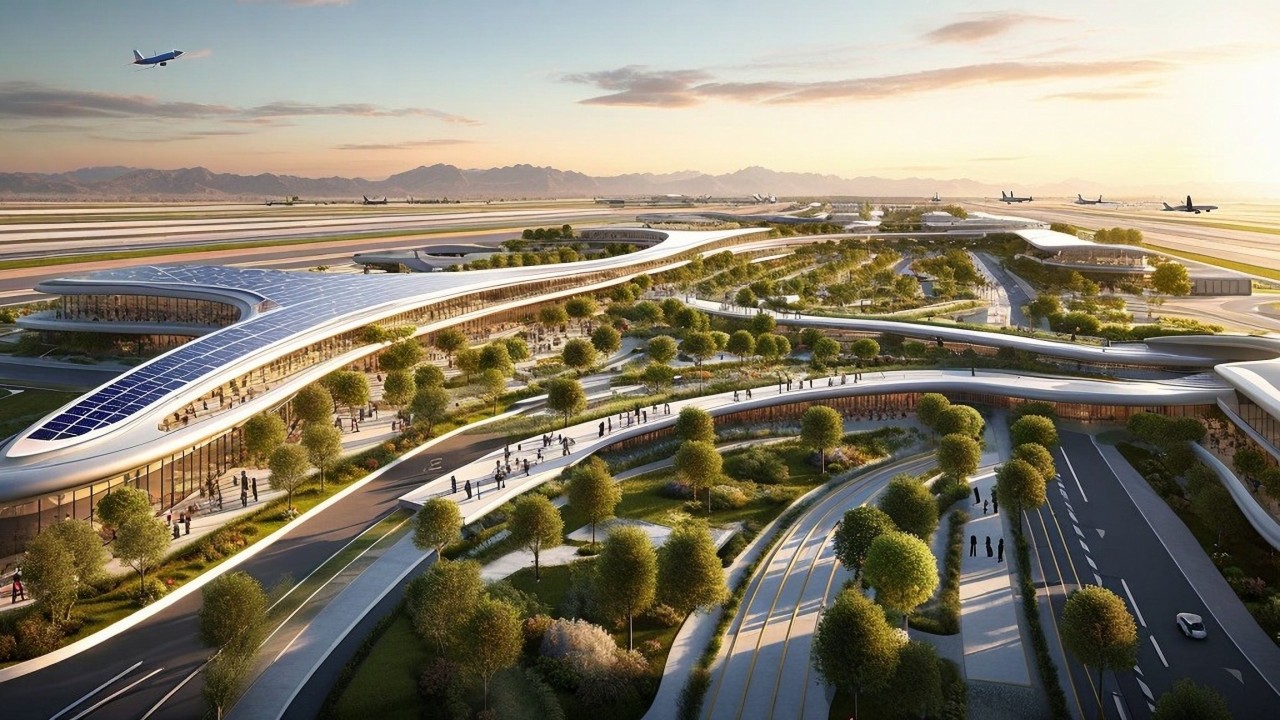Across Australia, a quiet revolution is taking shape, one built not in boardrooms or policy papers, but in the physical spaces that bring industries, ideas, and people together. Precincts are becoming the new frontier of innovation, reshaping how we work, build, collaborate, and grow. They transform places, but more importantly, they transform possibilities.
A precinct is far more than a development; it is a platform for imagination. It’s a space where advanced manufacturing meets high-speed digital capability, where educators work alongside engineers, where healthcare supports a thriving workforce, and where research collaborates directly with industry. When these elements converge, they create environments that accelerate ideas into outcomes and talent into capability.
And critically, precincts are more than just clusters, more than just places, and far more than just a grant program. They are all those things, and so much more. When we stop viewing precincts as “sparks” of innovation and instead recognise them as the furnaces of change, we begin to understand their true power. These are the foundries of tomorrow, the places where industries are reshaped, new capabilities are forged, and the next generation of solutions is brought to life.
What makes precincts transformative is their capacity to spark collaboration that cannot occur through screens or across disconnected locations. When diverse organisations share the same streets, cafés, labs, and meeting spaces, innovation becomes a daily habit. Skills grow, cross-disciplinary problem-solving becomes second nature, and regions develop a stronger pulse of enterprise. The momentum created by this proximity simply cannot be replicated elsewhere.
Greenfield precincts offer a special advantage in this transformation story. Starting with low-value, underutilised land, they allow us to design entire ecosystems from the ground up, places where commercial opportunity, digital services, education partners, and wellbeing infrastructure are integrated from day one. These sites become magnets for talent and investment, turning former open paddocks into engines of industry, research, and community life.
They also play a vital role in addressing one of Australia’s toughest challenges: housing affordability. As precincts expand, they naturally catalyse new residential developments, schools, retail hubs, and transport connections. Entire communities form around employment centres, easing pressure on established suburbs where redevelopment is constrained and housing prices are high.
But we must confront a reality: precinct development is slow. Without collaboration across many players, it can be very slow. These environments require collective commitment, multiple industries, diverse collaborators, and patient capital willing to invest in long-horizon returns. The value precincts create, unfolds over years and their greatest benefits come when stakeholders share a long-term vision rather than short-term expectations.
The excitement lies in what precincts make possible. They nurture new industries, attract new talent, and elevate the employee experience by combining learning, wellness, technology, and production in a single, coherent environment. They reimagine how communities grow and how regions aspire. They create environments where innovation isn’t an aspiration – it’s the everyday reality.
If Australia wants a more resilient, competitive, and future-ready economy, precincts are our launch pads. They show what can happen when we combine vision with collaboration, patience with ambition, and place with purpose. The future of innovation isn’t somewhere else – it’s rising right now, in the furnaces of change we are building across the nation.


